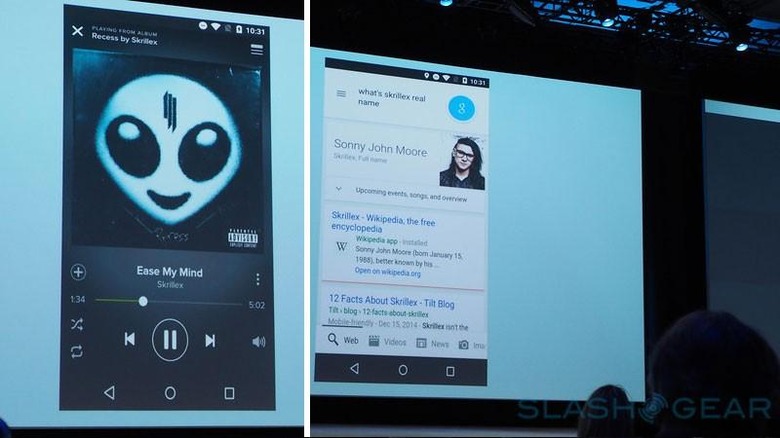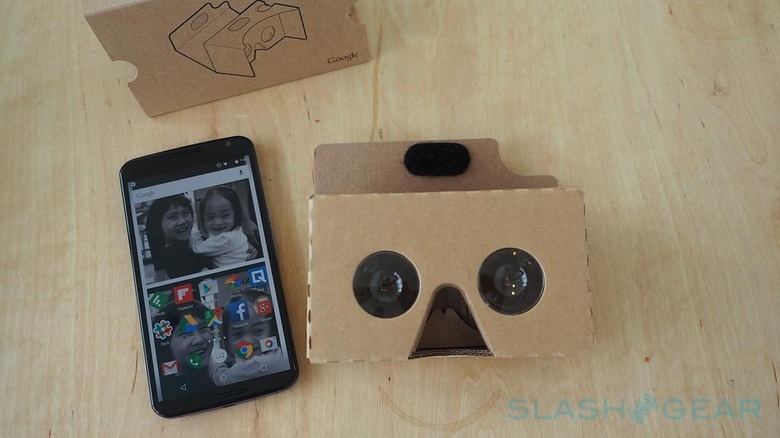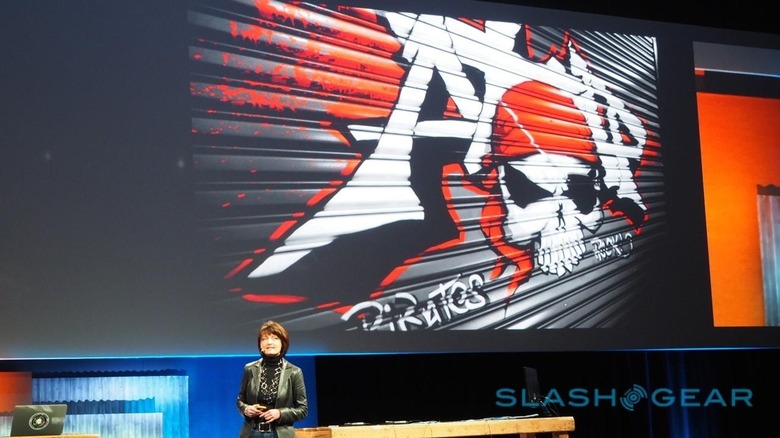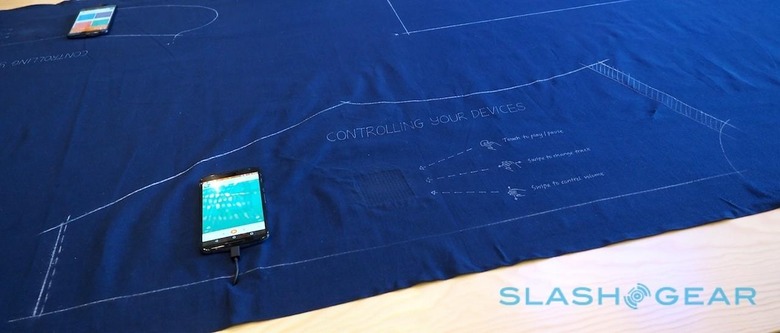Google I/O 2015 Wrap-Up: Bangs And Whimpers
It's tough to stand out when you're still in the shadow of a skydiving co-founder, and Google I/O 2015 ended with many still holding their breath for the big bang. Even with Android M on the agenda, what we got instead was a more rounded view of how Google sees computing evolving, not only in near-saturated markets like the US and Europe, but for the "next billion" whose first taste of the internet will most likely come through an affordable smartphone. It was a lot to fit into even an extended keynote, at times feeling like Google was rushing to name-check projects without giving them the context they perhaps needed. In fact, most of the really cool stuff didn't even get a spot on the big stage.
We'd expected Android M to be the star of the show, and sure enough it got a fair share of stage time. Developers got a taste of it too, in far-from-final form, though the visible changes are minimal.
Android Pay was another anticipated announcement, taking mobile payment features that had already been available for the most part in Google Wallet and breaking them out in a more user-friendly way.
In fact, making services that already existed to some extent more accessible was a repeated theme: Google Photos' big driver, the unlimited free image and video storage, will undoubtedly bring new users in, but its media editing tools that automatically make content more interesting had already been offered for the most part in Google+.
What was new was the incredibly clever photo search, which can use landmarks and facial-recognition to make sifting through thousands of pictures easy. It's a visible part of Google's machine-learning advances, which also powers the much-improved Google Now on Tap Android assistant.

Sometimes, it felt like we only had time to graze the surface of each announcement. Weave and Brillo mark Google's play for the Internet of Things, a common language for web-connected devices to speak and the Android-based OS for them to run. We were left with more questions than answers about them both, however, much as with Google Jump, the YouTube enhancement for virtual reality video.
At least it gave GoPro the opportunity to show off an impressive 16-camera rig at the show, and Cardboard made its second-gen appearance with simpler construction and support for larger phones.

Nonetheless, several things many had hoped we'd hear about failed to materialize. Google stuck to its under-the-radar guns when it came to the successor to Google Glass, with nary a mention of the wearable project.
There were no new Nexus devices – which had been highly unlikely anyway – and the whispers of Android and Chrome coming together were met with stony silence.

Perhaps unsurprisingly, it was left to the Google ATAP team to deliver some of that old razzle-dazzle. From just about anyone else, its mantra of "make epic shit" would feel grossly forced; out of the mouth of Regina Dugan, ATAP chief and former DARPA superstar, you honestly believe it.
ATAP tried and failed to squeeze all of its awesomeness into a single 1hr 15 session, opting to push previous headline-grabbers like Project ARA to the barely-mentioned sidelines and focus instead on what was new.
So, instead we saw touch-sensitive fabrics in the shape of Project Jacquard, and the first radar sensor for motion-tracking wearables in Project Soli.
ATAP gave us personal data security masquerading as a humble microSD card in Project Vault, and even a way to kill the password by assigning trust based on device usage styles rather than PINs or fingerprints.
Best of all, this doesn't feel like R&D for its own sake. Google is working with Levi's on Jacquard clothes, while Soli sensor dev kits are headed out later this year (and it took a mere 10 months to shrink the hardware down to smartwatch scale).
Hundreds of Vault cards are going into trials within Google, with the expectation that where enterprise goes, consumers will eventually follow. Even the authentication system could, ATAP pointed out, be delivered as a software upgrade to hundreds of thousands of Android devices already in the wild.

It's just the sort of excitement that we usually expect from Google, and probably explains why Photos was met with such interest. Many of the other projects, like Android M and Android Pay, feel like works-in-progress with no clear date when we might get to play with them. Interesting, certainly, but in a more nuanced way than has been the case at past I/O's.
Next up, of course, is Apple's WWDC 2015 in a little over a week's time. There, we're expecting to hear about iOS 9, the next version of OS X, and of Apple's play for the smart home with a new version of Apple TV and the launch-proper of HomeKit.
